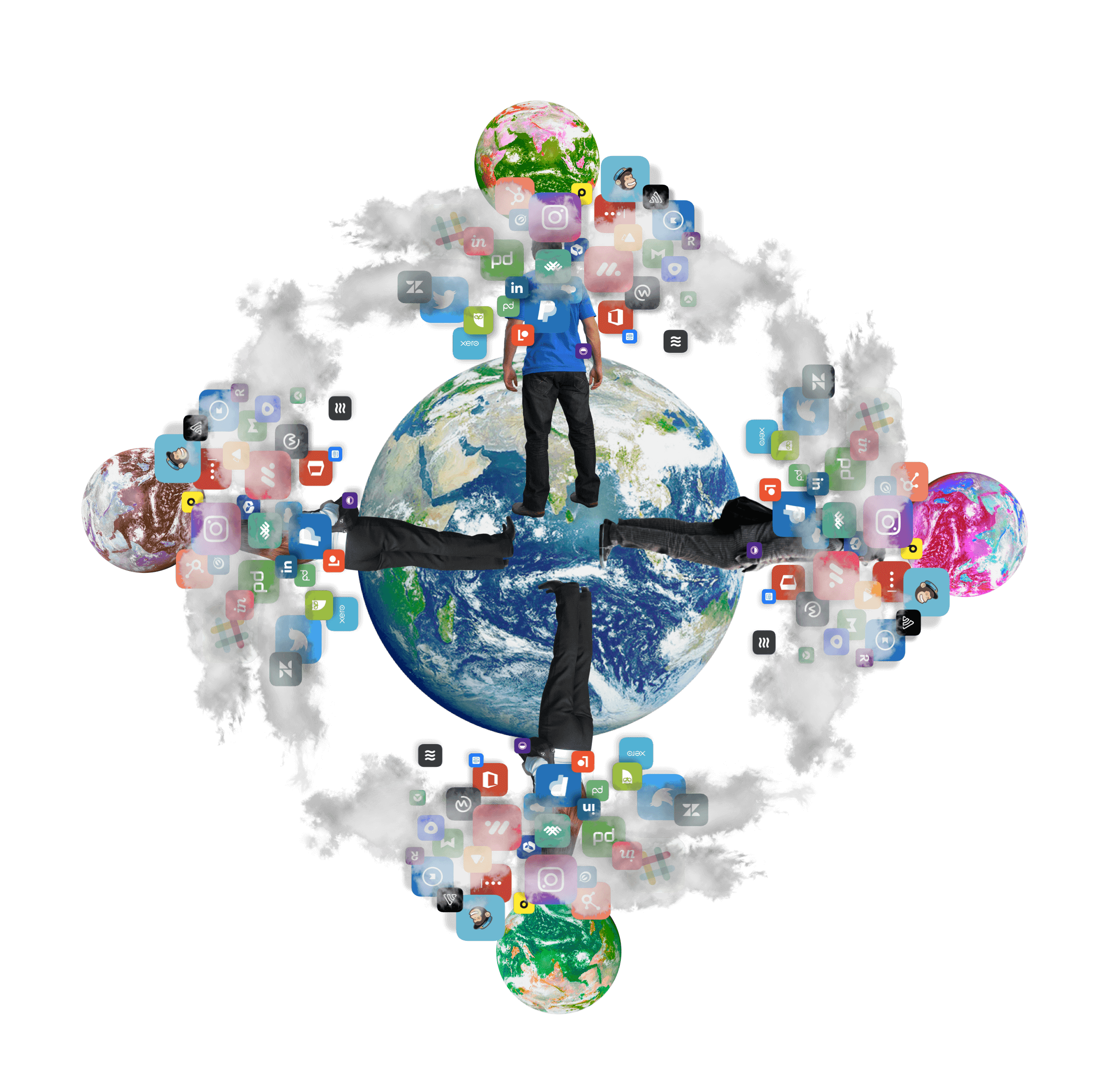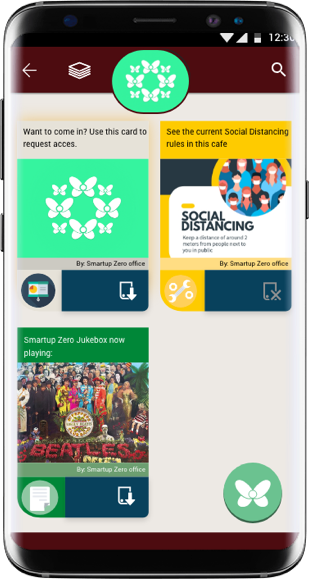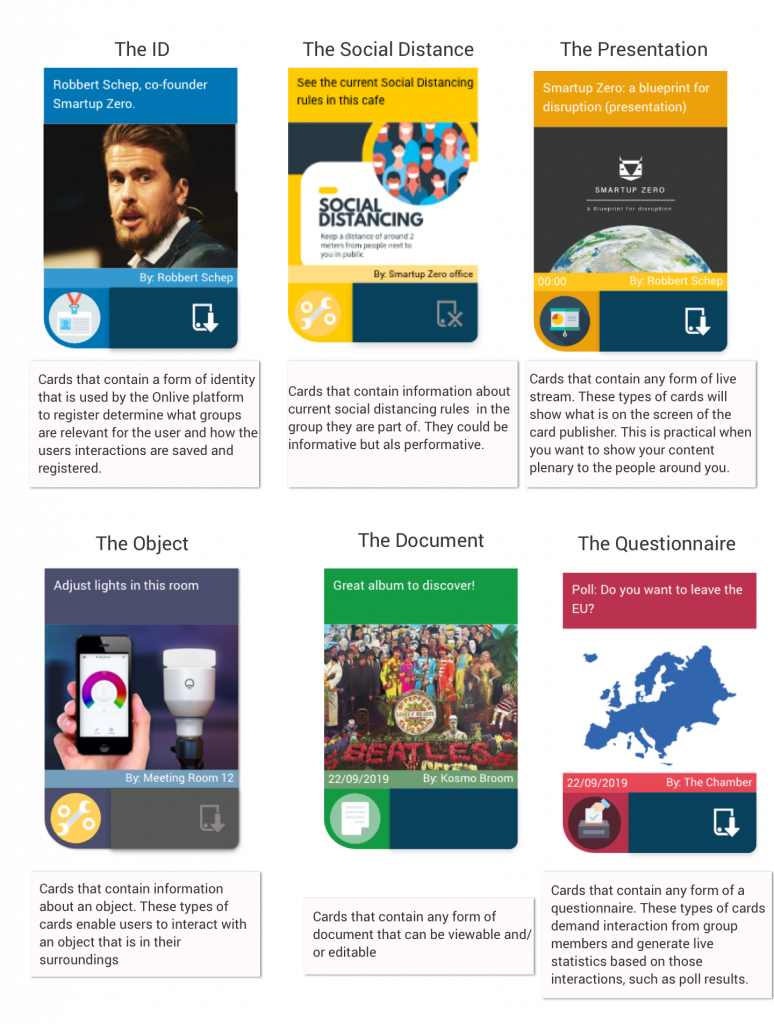Our current smartphones generate vast amounts of data about us that’s sold to organizations to sell us more products and ideas. This encourages passivity and addiction to virtual realities instead of shaping the real world. To break free, we need Onlive, the first tool in a radically different toolset that empowers communities to change their culture so it stops destroying their nature.

Onlive
An information network FOR and BY the people
The Official Smartup Business Plan
- for validation
Onlive is an information (mesh)network for groups of people who are somewhere together. Without relying on the internet It will enable you to connect with the people, organisations and things with who you share the NOW and HERE with. It’s a network that can run software and has a file system. It operates on a mesh-network protocol within each group, meaning it doesn’t require internet access and is only accessible to people in close proximity to each other. Within these small and safe networks, citizens have full control over their identity and data.
This version of the Official Smartup Business Plan (OSBP) contain the following :
- Mission
- Onlive Network: hoe does network work?
- Onlive Plugins: what can we do with the network?
- Onlive Cards: how do we use the network?
They come together to form a network technology that enables citizens to create, use, and maintain information networks in and with their communities.
Mission
Create a reliable, resilient and trustworthy information network that people all over the world can use to change their communities for the better of their nature and culture.

Objectives
To fulfil our mission, our strategy centres on four objectives

Network
Create and implement a network protocol for a nearby devices
Data
Give people full control over their data and identity in their groups.
Software
Facilitate relevant and impactful functionality inside these groups
Autonomous
Become and remain an independent tool in the hands of the people

Network
Build a reliable information network that people can trust and will always work as long as people have smartphones with battery life.

We are designing an information (mesh) network that solely exists out of people’s smartphones that share time and space together. For example, people in the same room, in the same building or at the same event. We group those phones and create trustworthy, stable and resilient connections between them based on the latest mesh-technologies that are inside our smartphones. It’s a protocol for a network that needs no servers, no satellites, no antenna’s and no external hardware. Just the devices that people bring to the situation they are sharing with the people around them.
Groups
When using the Onlive app, these networks are presented to users as groups. When attending a specific venue, for example, users can become part of the group associated with that venue, along with staff and other guests. Similarly, when in a meeting room, users become part of a group that includes all other attendees. Each group has a designated grouphost who has control over two aspects: the context under which the group is available and the plugins running within the group. The grouphost serves as the first node of the mesh-network.
There are two types of groups:
- The Onlive Group that always is available to users
- Context groups that are hosted by a third party.

Technologies

R&D areas
Mesh Networking
A data-distribution system among nearby smart devices to give you what you need, when you need it.
Context engine
A group-forming agent for nearby smart devices to help determine what is relevant to a group.
Audio Trilateration
To authenticate your physical presence and proximity within a group among nearby smart devices.
Software
Creating meaning in your Onlive groups
The network enables interaction between people and devices, with the nature of this interaction being determined by Plugins. Plugins can be thought of as mini-applications that become available within a group and are automatically downloaded to a user’s smartphone when they become a member. Anyone capable of building a website can develop Plugins. These can take the form of generic Plugins that facilitate common interactions, or branded Plugins tailored to specific locations or events. .


Interactions: how plugins work
Plugins empower users to interact with their surroundings, whether it be with other people, organizations, or devices. “Interactions” is a broad term that encompasses various actions, including sending a website link, sharing a file or contact information, voting on a poll, answering a quiz, or playing a game. Different types of interactions require different Plugins. Some users may wish to save their interactions, while others may not find it necessary
How to make a plugin
Each unique interaction requires its own plugin, which can be developed by third parties using the Onlive Software Development Kit. A plugin functions as a web app, and can be created by anyone with knowledge of HTML, CSS, and Java to enhance their communities.
Group owners, such as businesses, venues, and event organizers, have the ability to install plugins and control access for their patrons.
To provide a cohesive structure for managing the various plugins across different groups, we have introduced the concept of an Onlive Card

Data
Handing control of data and content back to the people

Onlive’s UX design is fundamental to building the trust necessary to become a tool that people will use to enhance their communities. To provide complete user control over data, content, sharing, and identity, we have developed a unique content format exclusively for our network: the Onlive Card.
An Onlive Card is the document managed by the plugin software, and it is distributed to members, enabling them to engage with plugins within their group.
Experiencing a plugin: how Onlive Cards work
An Onlive Card represents a piece of data handled by a plugin. They may be published, used, made, shared, saved and edited. A Card is a virtual object allowing information and functionalities to be made quickly recognizable and shareable within groups.
The plugin determines how card information is represented to members. Each plugin is associated with one type of Card. A group that allows multiple plugins also requires multiple” Card types.
Primary current Card types within groups include:
- Identity Cards: allows members to control identity
- Document Cards: share documents
- Presentation Cards: broadcast content to screens
- Questionnaire Cards: perform polls
- Object Cards: interact with smart objects


It's a game of cards!
Onlive is meant to be easily usable and fun. That’s why the UX is designed on physical and social behaviours we are familiar with and enjoy i.e. a game of cards.
Within a group, a player can take cards off the table (The Stage), add them to their hand (The Hand), play them (publish on stage) or stack them (Keep Card Nearby) or own them (Save).
We have chosen Cards as a core UX element as they are controllable, interchangeable and collectable. We believe people will grasp the system naturally, as most of us know how to play card games, or are able to be taught quickly.

The Card UX has many advantages:
- Easy and fun, like playing a game of cards with your friends
- Lightweight – just a few MB of data is on each Card, allowing offline interactions using mesh networking
- Fast, simple interactions with a card means minimised device interaction, and more interaction with the humans around us.
- Double-sided – providing quick insight into the origin and purpose of each card”

Autonomous
Becoming an independent tool in the hands of the people, and staying there

Building something this pioneering, complex and trustworthy is as much of a social challenge as it is a technical one.
Whilst the implementation of emerging technologies such as blockchain and decentralized mesh networks is key to preserving privacy around digital tools, it isn’t sufficient to create the trust required amongst people.
To achieve this trust, we utilize the Smartup method, allowing people and organizations worldwide to become owners, workers and governors of the Onlive platform.
By making the most out of our collective smarts and skills, we can work with with the best technologies and knowledge frameworks to take on complex and urgent challenges. A Tool FOR the people, BY the people.
